I found this near the house and took a photo in my garden - I also took a stack which I have not processed yet, but this is ok
 StagBeetleIMG_5058 by davholla2002, on Flickr
StagBeetleIMG_5058 by davholla2002, on Flickr
These below are all handheld stacks
On fathers day the heat was awful and as I was standing by the door to cope with it, I noticed this and rushed out (fortunately I didn't get burnt)
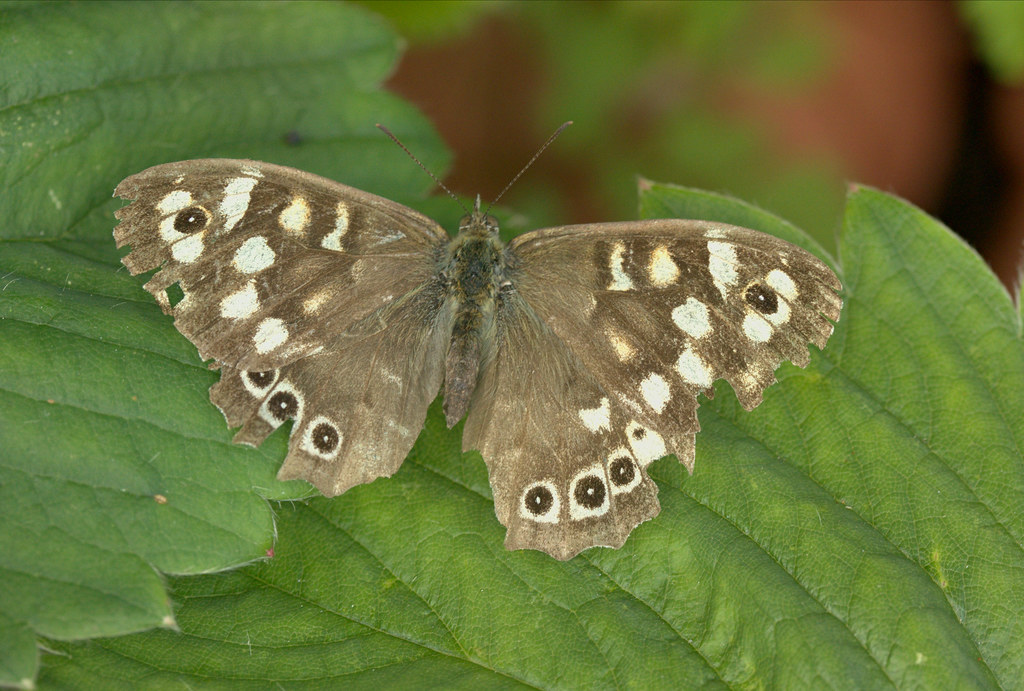 RingletIMG_5273 by davholla2002, on Flickr
RingletIMG_5273 by davholla2002, on Flickr
Some moths from the moth trap any ids?
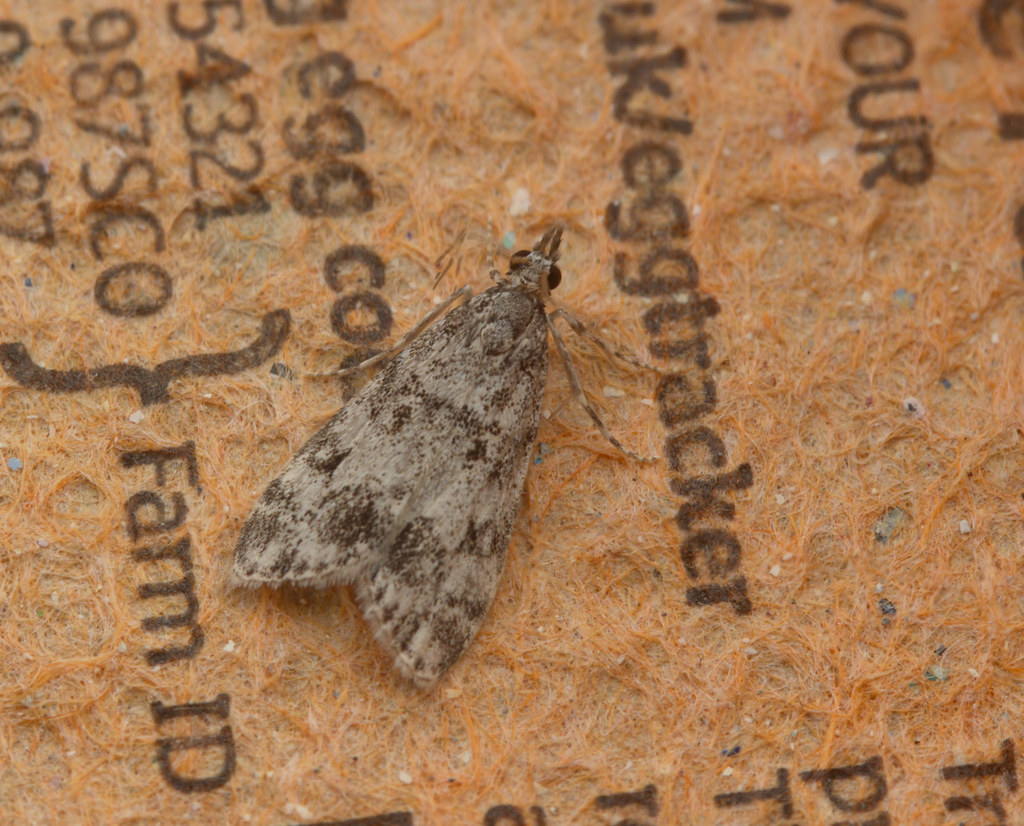 Moth IMG_5510 by davholla2002, on Flickr
Moth IMG_5510 by davholla2002, on Flickr
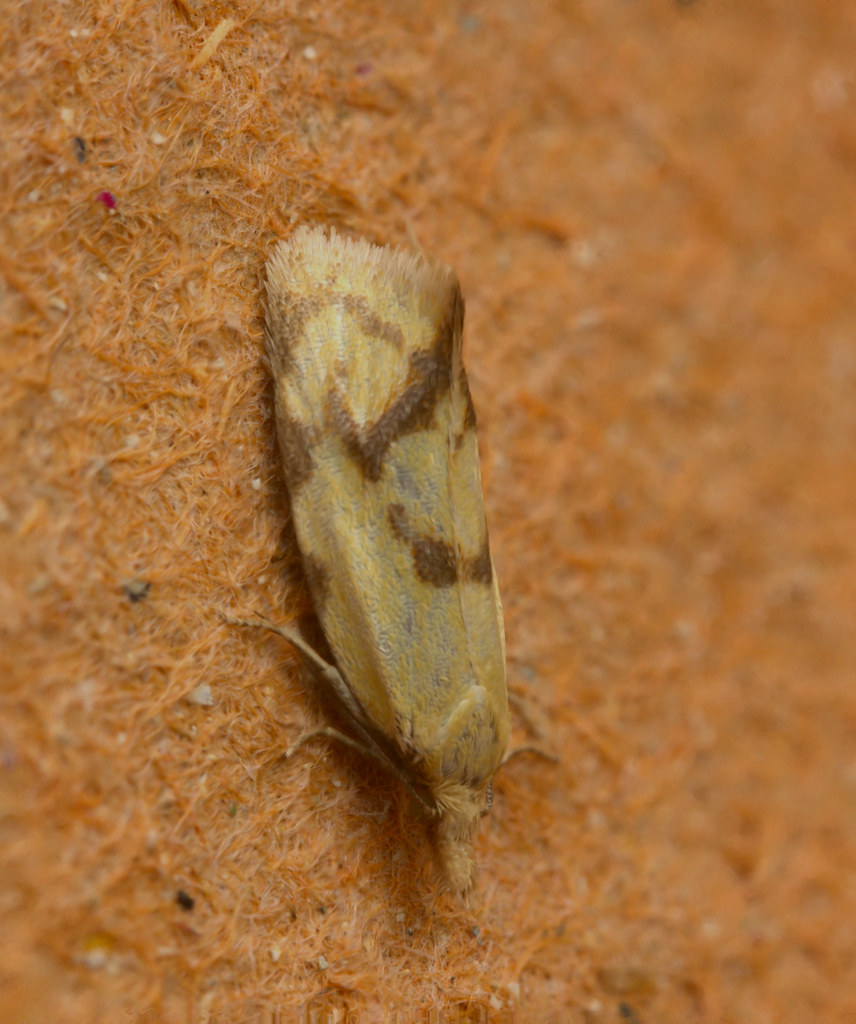 MothIMG_5509 by davholla2002, on Flickr
MothIMG_5509 by davholla2002, on Flickr
 Moth IMG_5460 by davholla2002, on Flickr
Moth IMG_5460 by davholla2002, on Flickr
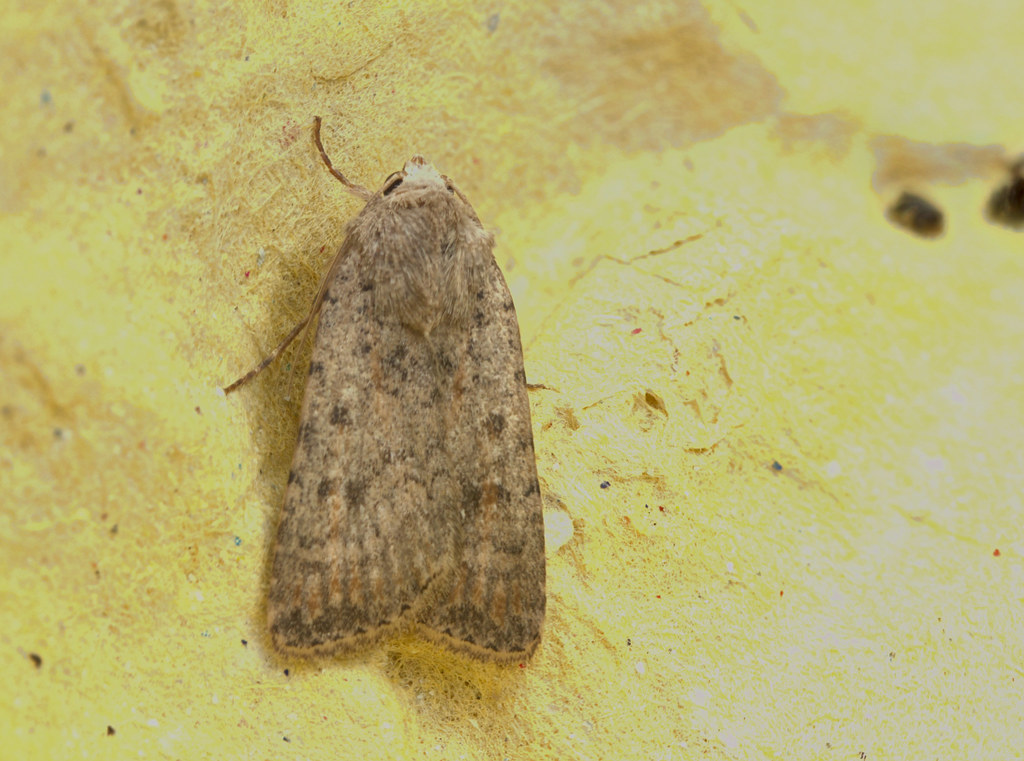 Moth IMG_5486 by davholla2002, on Flickr
Moth IMG_5486 by davholla2002, on Flickr
 Micromoth stack EF7A5371 by davholla2002, on Flickr
Micromoth stack EF7A5371 by davholla2002, on Flickr
I am not so keen on this one but I would like an id
 Micromoth EF7A5265 by davholla2002, on Flickr
Micromoth EF7A5265 by davholla2002, on Flickr
 StagBeetleIMG_5058 by davholla2002, on Flickr
StagBeetleIMG_5058 by davholla2002, on FlickrThese below are all handheld stacks
On fathers day the heat was awful and as I was standing by the door to cope with it, I noticed this and rushed out (fortunately I didn't get burnt)
 RingletIMG_5273 by davholla2002, on Flickr
RingletIMG_5273 by davholla2002, on FlickrSome moths from the moth trap any ids?
 Moth IMG_5510 by davholla2002, on Flickr
Moth IMG_5510 by davholla2002, on Flickr MothIMG_5509 by davholla2002, on Flickr
MothIMG_5509 by davholla2002, on Flickr Moth IMG_5460 by davholla2002, on Flickr
Moth IMG_5460 by davholla2002, on Flickr Moth IMG_5486 by davholla2002, on Flickr
Moth IMG_5486 by davholla2002, on Flickr Micromoth stack EF7A5371 by davholla2002, on Flickr
Micromoth stack EF7A5371 by davholla2002, on FlickrI am not so keen on this one but I would like an id
 Micromoth EF7A5265 by davholla2002, on Flickr
Micromoth EF7A5265 by davholla2002, on Flickr

 Examplestack
Examplestack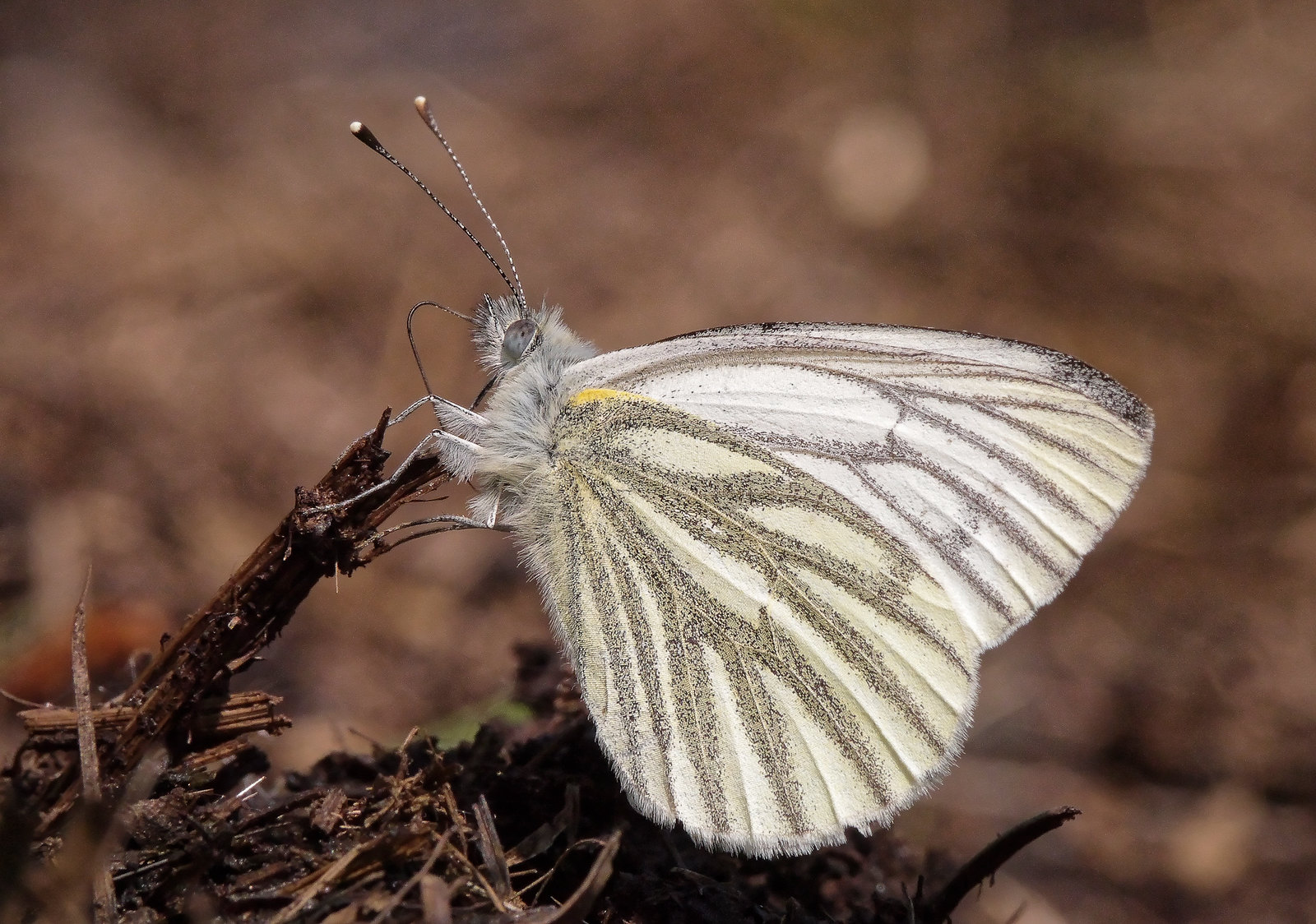


 IMG_7899shieldbugonfinger
IMG_7899shieldbugonfinger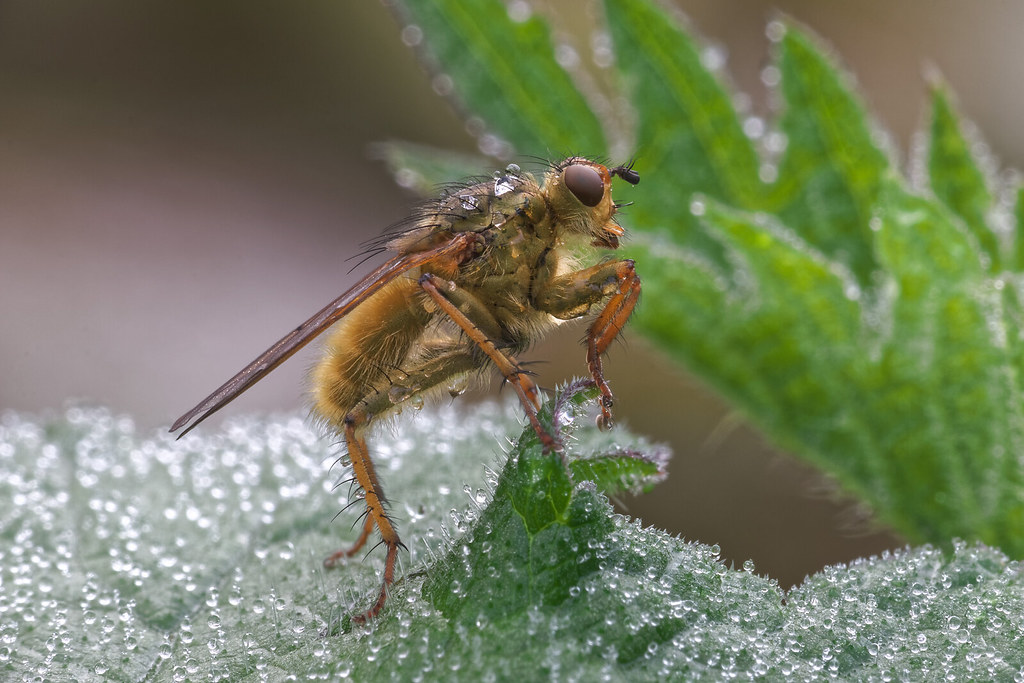

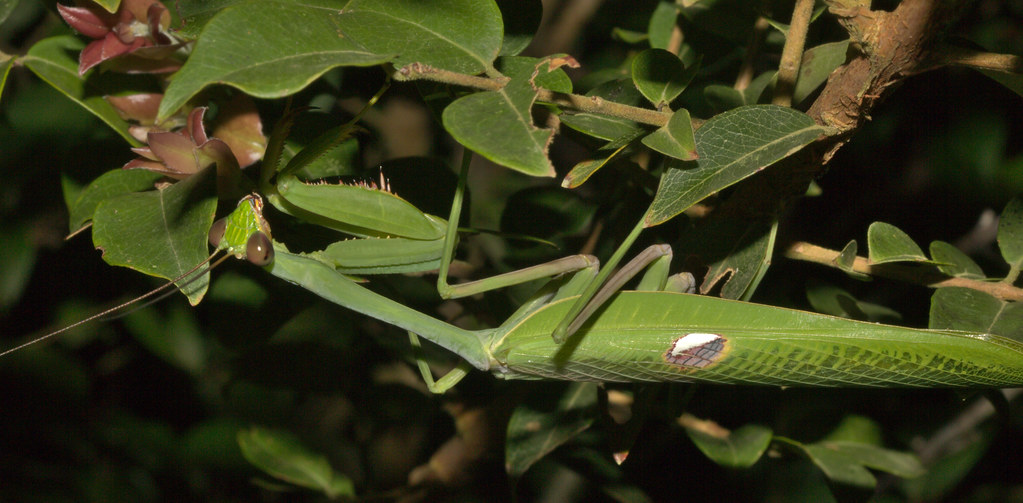 IMG_8638prayingmantid
IMG_8638prayingmantid IMG_8840mantid
IMG_8840mantid